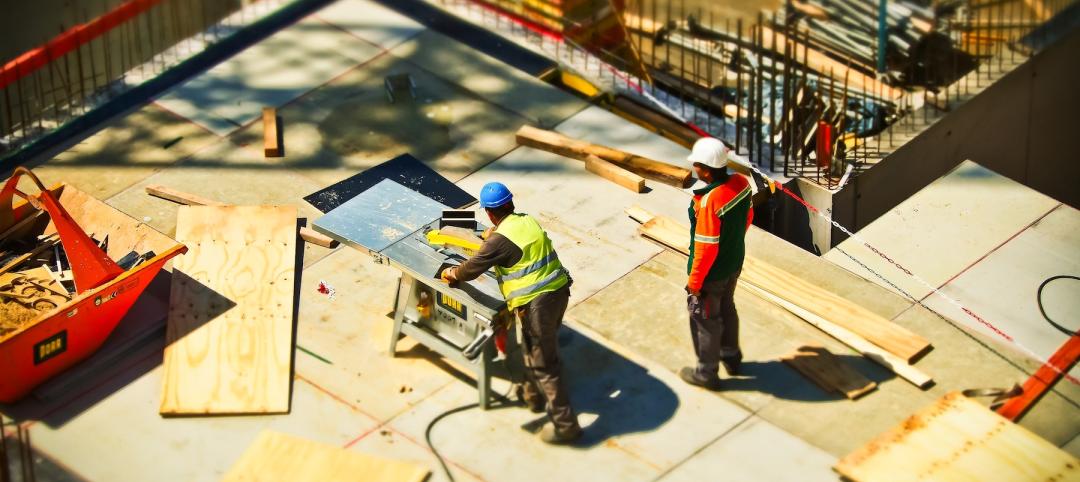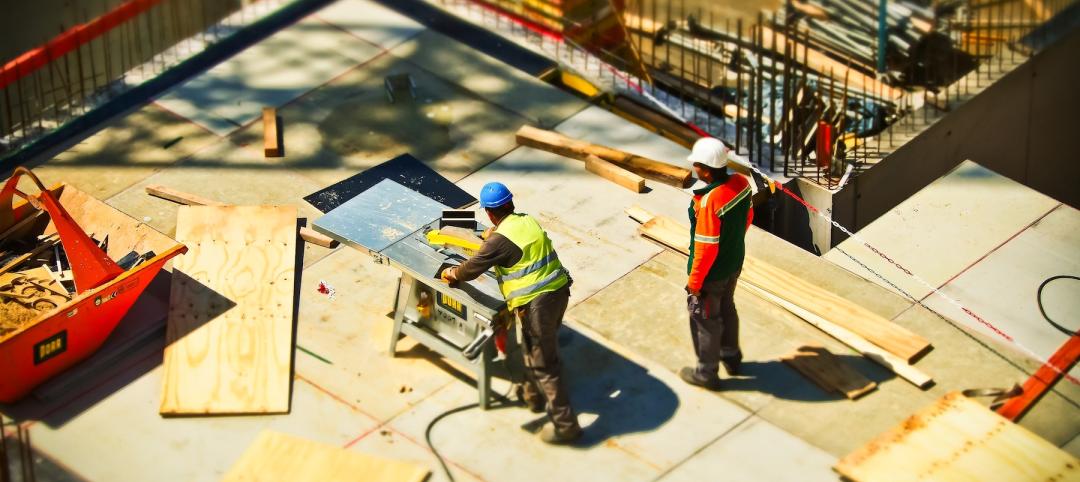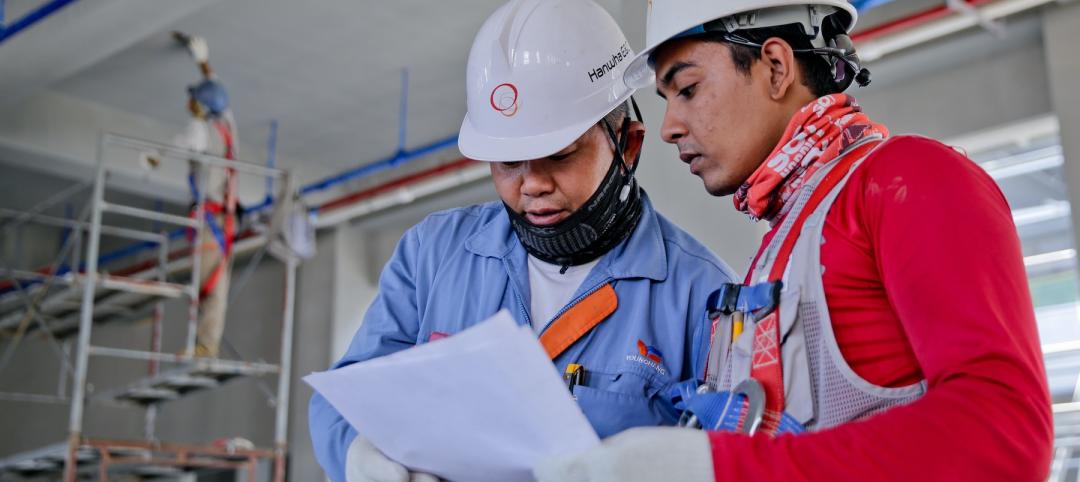Waste not, want not. That’s how the saying goes, and it is a saying local authorities in England and Wales are taking to heart. In an effort to reach the countries' goal of slashing carbon emissions by 2050, new government-backed plans call for a huge expansion of “heat networks” that use warmth generated by industrial machinery, geothermal energy, and subway trains to heat homes, The Telegraph reports.
A heat network is, as it sounds, a large network of insulated pipes that transports hot water or steam to “heat exchanger” units in homes in order to heat up the mains water supply. Basically, the networks make use of heat that is produced as a waste by-product of commercial or industrial processes in order to replace less efficient domestic gas boilers.
Of the 381 local authorities in England and Wales, 131 of them are now working on some sort of heat network plan.
Islington, north London is planning to use heat generated from the Northern Line of the London Underground network while other locations are exploring using geothermal heat from deep beneath the earth's surface or even recycling heat from pottery kilns from the local ceramics industry.
In 2015, an additional £320 million was set aside to help fund the construction of up to 200 projects, which would produce enough heat to supply 400,000 homes.
There are still two main hurdles that need to be overcome for these plans to work, however. The first issue is in creating a viable business model for the rollout to millions of households. Currently, it is difficult to finance a project without securing customers, but it is difficult to secure customers for something that doesn’t yet exist.
The second issue is in figuring out how to deal with “customer protection, choice, and pricing” Richard Howard, Head of Energy and Environment at Policy Exchange says in an interview with The Telegraph. “Heat networks generally lock customers in on very long term contracts, which can be 15-20 years.” A contract that long may scare away potential customers.
While heat networks seem to offer a glimmer of hope for de-carbonizing heating supplies, it remains to be seen just how viable they will actually be once implementation begins.
Related Stories
Energy Efficiency | Aug 11, 2022
Commercial Energy Efficiency: Finally “In-the-Money!”
By now, many business leaders are out in front of policymakers on prioritizing the energy transition.
| Aug 8, 2022
Mass timber and net zero design for higher education and lab buildings
When sourced from sustainably managed forests, the use of wood as a replacement for concrete and steel on larger scale construction projects has myriad economic and environmental benefits that have been thoroughly outlined in everything from academic journals to the pages of Newsweek.
Sponsored | | Aug 4, 2022
Brighter vistas: Next-gen tools drive sustainability toward net zero line
New technologies, innovations, and tools are opening doors for building teams interested in better and more socially responsible design.
| Aug 4, 2022
Newer materials for green, resilient building complicate insurance underwriting
Insurers can’t look to years of testing on emerging technology to assess risk.
| Aug 4, 2022
Newer materials for green, resilient building complicate insurance underwriting
Insurers can’t look to years of testing on emerging technology to assess risk.
Sustainability | Aug 4, 2022
To reduce disease and fight climate change, design buildings that breathe
Healthy air quality in buildings improves cognitive function and combats the spread of disease, but its implications for carbon reduction are perhaps the most important benefit.
K-12 Schools | Aug 1, 2022
Achieving a net-zero K-12 facility is a team effort
Designing a net-zero energy building is always a challenge, but renovating an existing school and applying for grants to make the project happen is another challenge entirely.
Codes and Standards | Jul 29, 2022
Few projects and properties are being built beyond code
Clients and architects disagree on how well building to code provides resilience, according to a recent report by the American Institute of Architects (AIA) in partnership with Owens Corning.
Concrete | Jul 26, 2022
Consortium to set standards and create markets for low-carbon concrete
A consortium of construction firms, property developers, and building engineers have pledged to drive down the carbon emissions of concrete.
Green | Jul 26, 2022
Climate tech startup BlocPower looks to electrify, decarbonize the nation's buildings
The New York-based climate technology company electrifies and decarbonizes buildings—more than 1,200 of them so far.

















